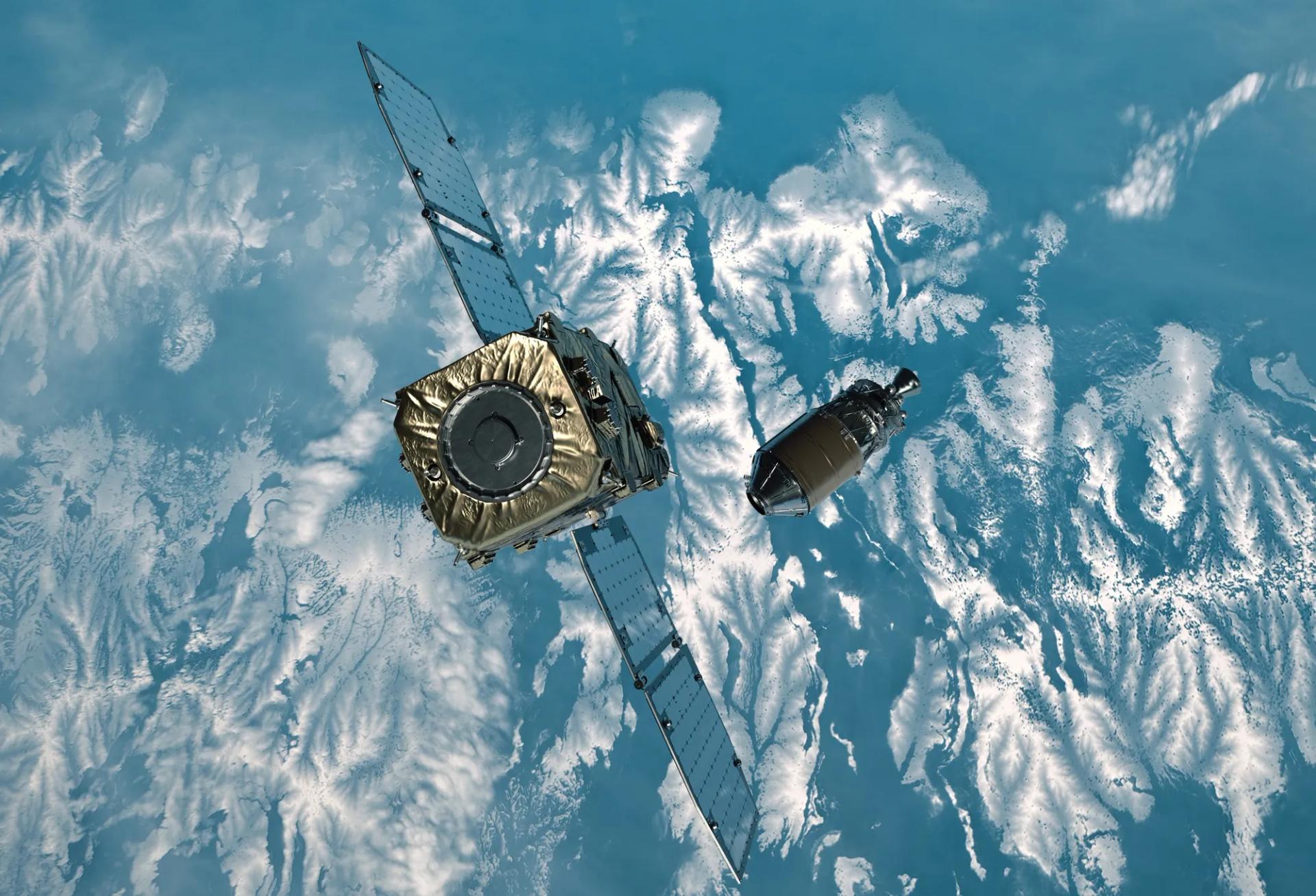THE LAUNCH PAD NEWS
Asia

China Ready To Launch Sample Return Mission To Far Side Of The Moon
China has rolled out its next Long March 5 rocket, which is set to launch China’s first attempt at collecting lunar samples from the far side of the moon.
Mon Apr 29 2024Written by Zac Aubert
China has rolled out its next Long March 5 rocket, which is set to launch China’s first attempt at collecting lunar samples from the far side of the moon.
The Long March 5 rocket, the eighth of its kind, was transported vertically to the pad at Wenchang Satellite Launch Center on Hainan island on April 27. This transfer signifies the commencement of final preparations for the highly anticipated Chang’e-6 mission.
Chang’e-6, named after the Chinese moon goddess, is designed to land on the far side of the moon, an area that has remained largely unexplored due to its lack of direct visibility from Earth. The mission aims to collect up to 2,000 grams of lunar material, a feat never before accomplished in the history of space exploration.
Supporting the Chang’e-6 mission is the Queqiao-2 relay satellite, which was launched in March and is now positioned in a specialized lunar orbit to facilitate communication between the Chang’e-6 spacecraft and Earth-based ground stations.
While Chinese authorities have not yet disclosed the precise launch time for Chang’e-6, navigation warnings indicate that the launch is expected early on Friday, May 3.
The chosen landing site for the Chang’e-6 mission is the southern portion of the Apollo crater, located within the South Pole-Aitken basin on the lunar far side. This region is believed to hold valuable insights into the mysteries of the moon's composition and history.
“Chang’e-6 aims to achieve breakthroughs in the design and control technology of the Moon’s retrograde orbit, intelligent sampling, take-off and ascent technologies, and automatic sample-return on the far side of the moon.” - Ge Ping, Deputy Director of the Lunar Exploration and Space Engineering Center (LESEC) under the China National Space Administration (CNSA)
The Chang’e-6 mission comprises a stack of four spacecraft, totaling around 8,200 kilograms, each serving a specific function in the sample collection process. This complexity is further heightened by the mission's requirement for a communications relay.
In addition to its scientific objectives, the Chang’e-6 mission also fosters international collaboration in space exploration. Scientific payloads from France, Sweden, Italy, and Pakistan will be onboard, reflecting China’s efforts to enhance global cooperation in this field.
Looking ahead, Chang’e-6 is part of China’s broader vision for space exploration, which includes a crewed lunar mission by 2030 and the establishment of a permanent lunar base through the International Lunar Research Station (ILRS) program in the 2030s.
RELATED STORIES





RELATED LAUNCHES
None
